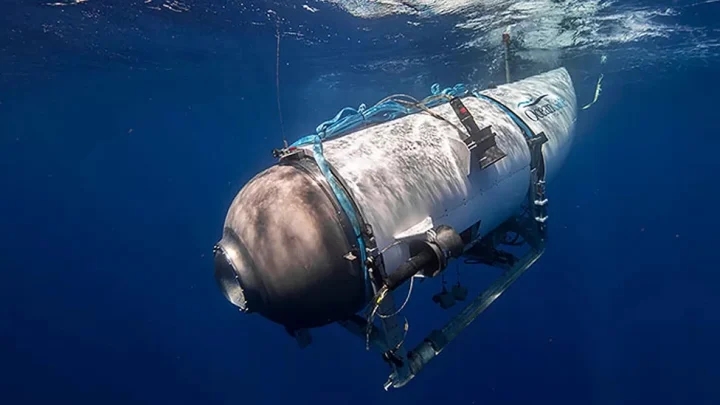Britain is ‘ready to provide assistance’ to the rescuers searching for Titan, the submarine which lost contact while on an exploratory visit to the Titanic, a spokesman for Rishi Sunak said this afternoon. The rescuers are facing a race against time as the craft runs out of oxygen. The expedition left for the site of the shipwreck – around 370 miles off the coast of Newfoundland – on Friday.
Already a subscriber? Log in
Subscribe for just $2 a week
Try a month of The Spectator Australia absolutely free and without commitment. Not only that but – if you choose to continue – you’ll pay just $2 a week for your first year.
- Unlimited access to spectator.com.au and app
- The weekly edition on the Spectator Australia app
- Spectator podcasts and newsletters
- Full access to spectator.co.uk
Or




















Comments
Don't miss out
Join the conversation with other Spectator Australia readers. Subscribe to leave a comment.
SUBSCRIBEAlready a subscriber? Log in